30+ Constructive Feedback Examples to Download
Testing Providing constructive feedback is a crucial aspect of personal and professional growth. Whether you’re a manager, a colleague, or a mentor, offering valuable feedback can significantly impact someone’s development. In this article, we will explore what constructive feedback entails, provide a step-by-step guide on how to deliver it effectively, address common questions, and offer a creative perspective on the subject.
1. Constructive Performance Feedback Example
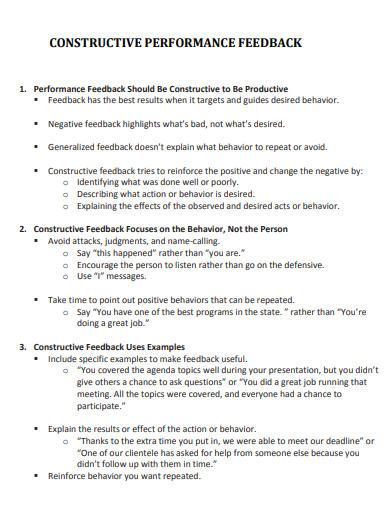
srpln.msstate.edu
2. Constructive Employee Feedback Example
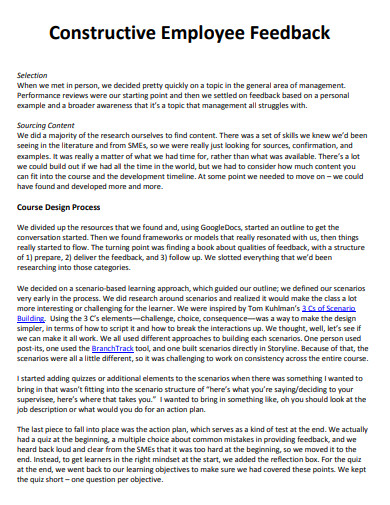
webjunction.org
3. Workplace Constructive Feedback Example

corp.nhg.com.sg
4. Student Constructive Feedback Example
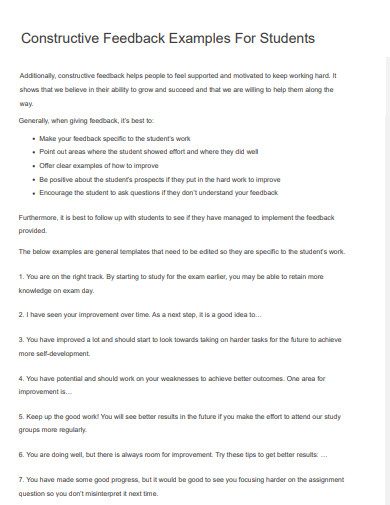
helpfulprofessor.com
5. Giving Constructive Feedback Example
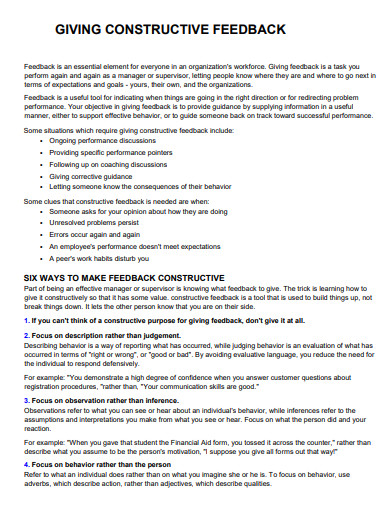
hrs.uncg.edu
6. Manager Constructive Feedback Example
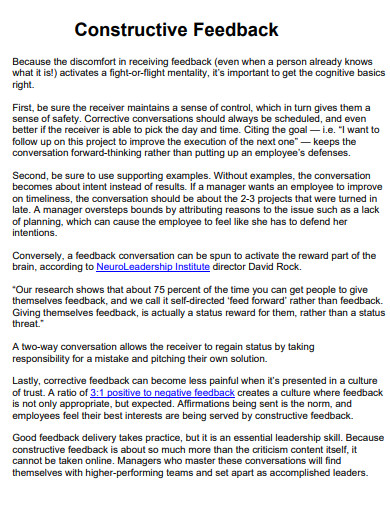
eco-international.eu
7. Effective Constructive Feedback Example
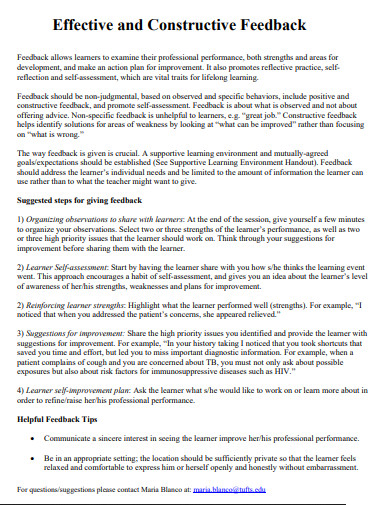
mycourses.aalto.fi
8. Sample Constructive Feedback Example
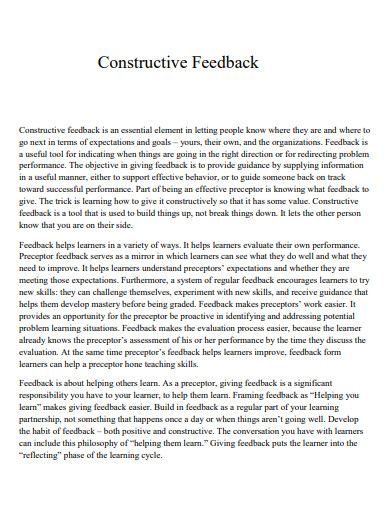
radford.edu
9. Negative Constructive Feedback Example

duo.uio.no
10. Constructive Teacher Feedback Example
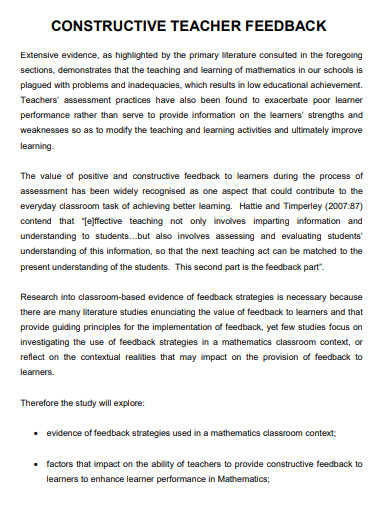
scholar.ufs.ac.za:8080
11. Constructive Writing Feedback Example
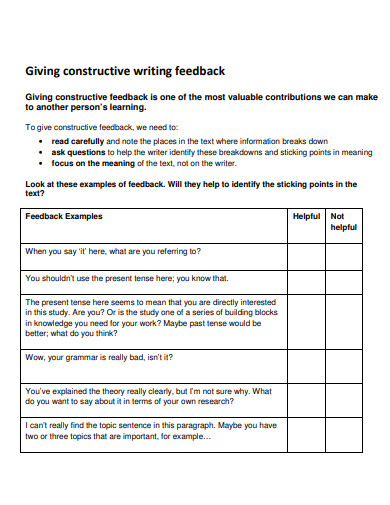
emedia.rmit.edu.au
12. Peer Review Constructive Feedback Example
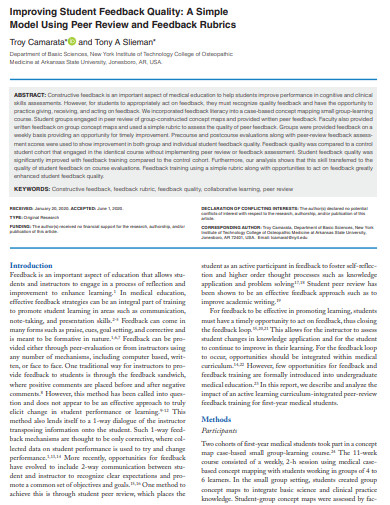
journals.sagepub.com
13. Leadership Constructive Feedback Example
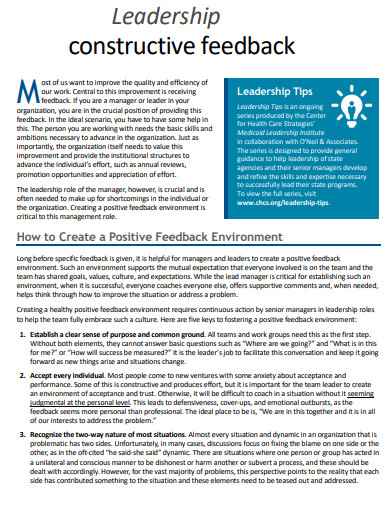
chcs.org
14. Constructive Feedback Template
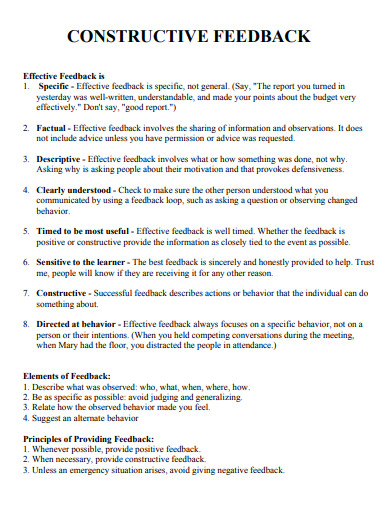
wne.edu
15. Nursing Constructive Feedback Example
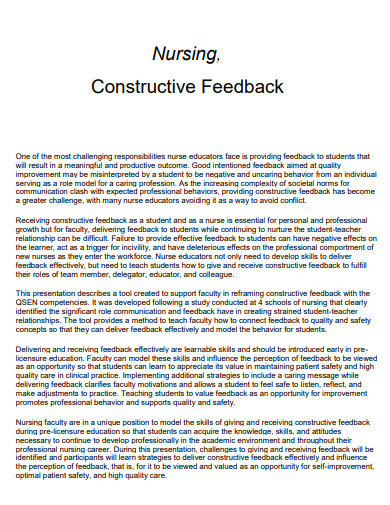
sigma.nursingrepository.org
16. Communication Constructive Feedback Example
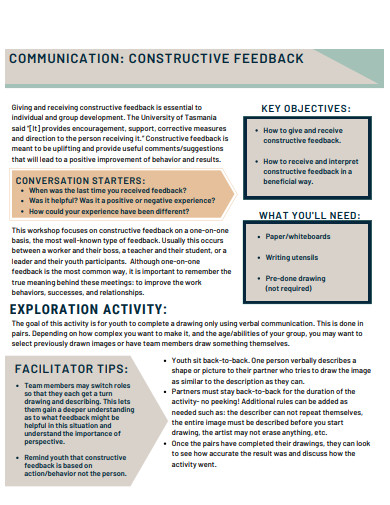
extension.usu.edu
17. Constructive Feedback Steps Example
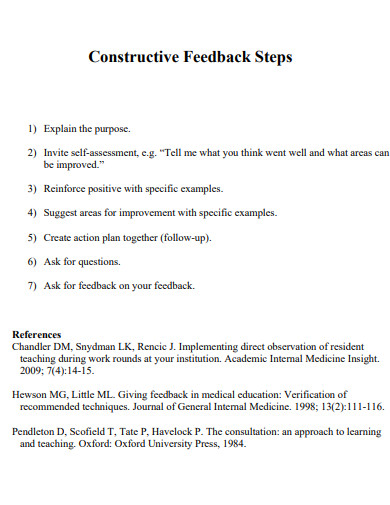
canvas.tufts.edu
18. Interview Constructive Feedback Example
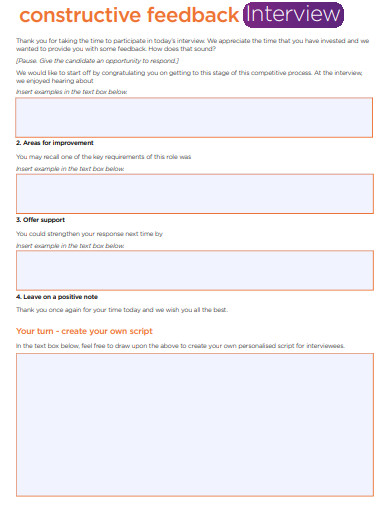
employability.uq.edu.au
19. Art Constructive Feedback Example
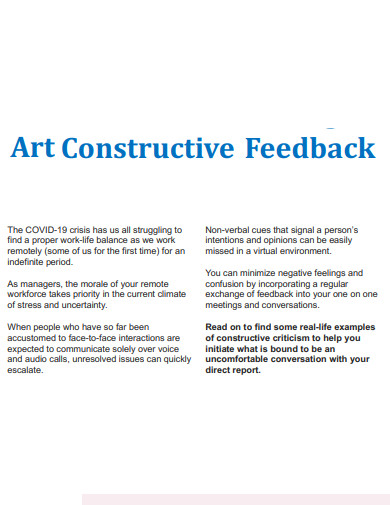
peoplebox.ai
20. Learning Constructive Feedback Example
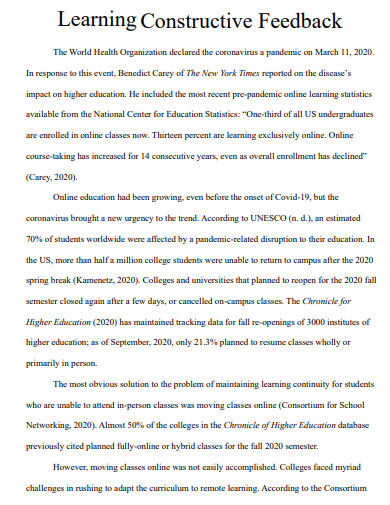
repository.library.northeastern.edu
21. Constructive Feedback Form Example
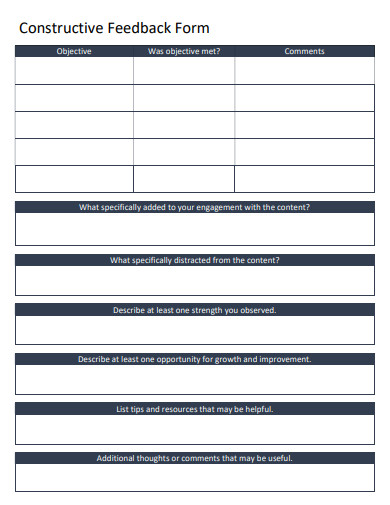
trainlikeachampion.blog
22. General Constructive Feedback Example
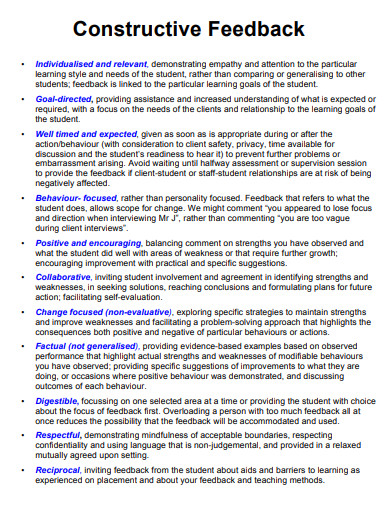
otpecq.group.uq.edu.au
23. Characteristics of Constructive Feedback Example
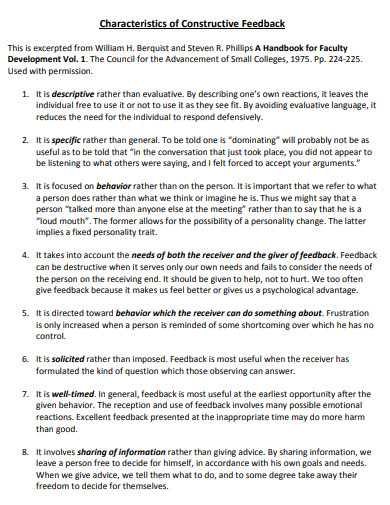
ofasd.msu.edu
24. Constructive Feedback Rubric Example
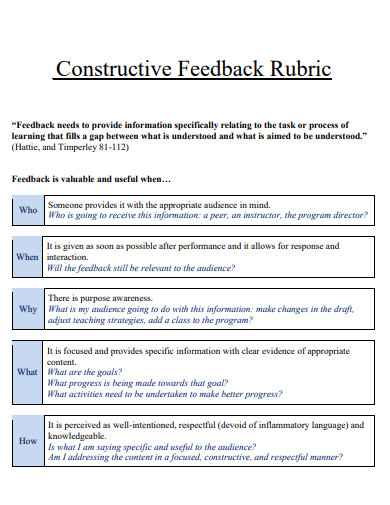
teach.ucmerced.edu
25. Basic Constructive Feedback Example
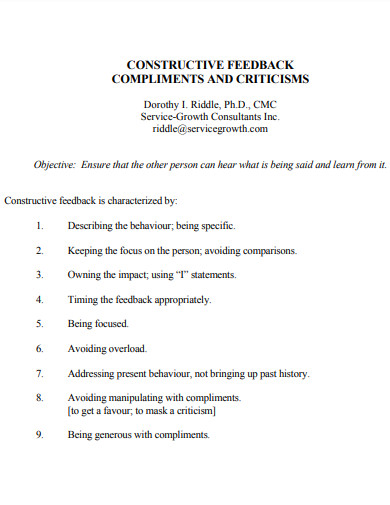
servicegrowth.com
26. Simple Constructive Feedback Example

humannatureatwork.com
27. Constructive Feedback Self-Assessment Example
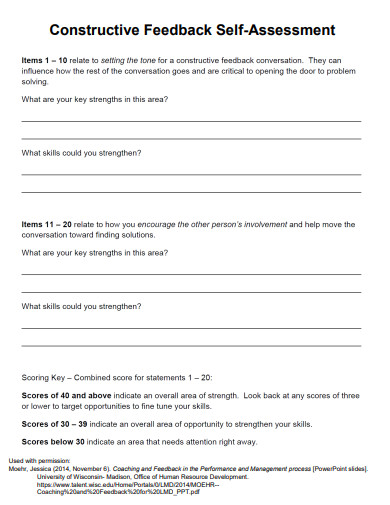
online.marymount.edu
28. Constructive Feedback Guidelines Example
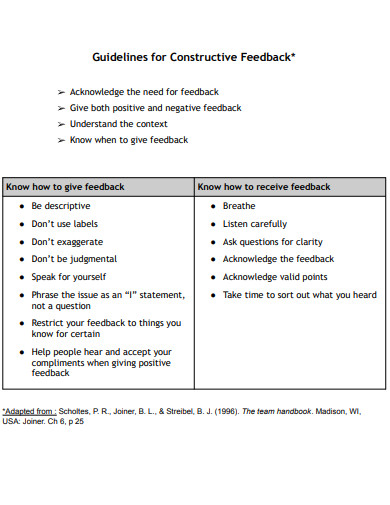
case.edu
29. Constructive Feedback Framework Example
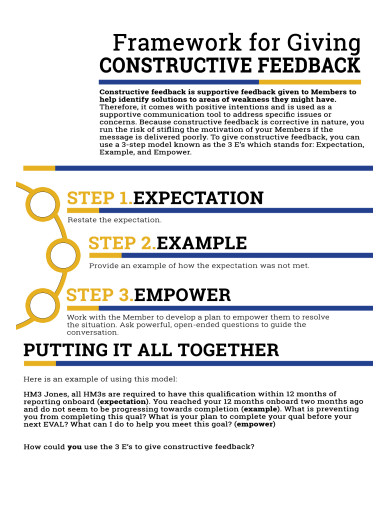
mynavyhr.navy.mil
30. Constructive Feedback Presentations Example
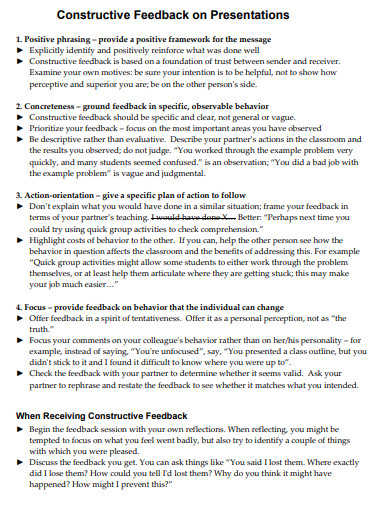
cit.duke.edu
31. Standard Constructive Feedback Example
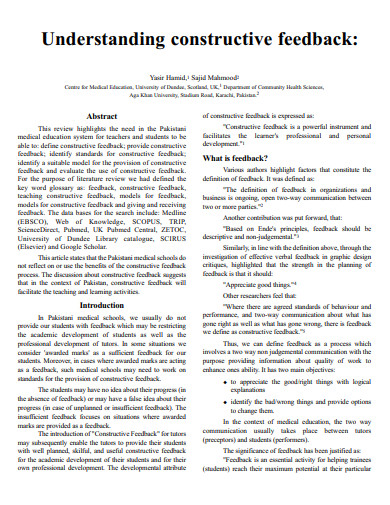
jpma.org.pk
What is a Constructive Feedback?
Constructive feedback refers to a purposeful and well-articulated response that aims to enhance an individual’s skills, performance, or behavior. Unlike negative feedback which primarily focuses on faults or shortcomings, constructive feedback strikes a balance by highlighting both areas for improvement and acknowledging strengths. Its objective is to motivate, inspire, and guide individuals toward their full potential while maintaining a supportive and respectful environment.
How to Write a Constructive Feedback
When it comes to providing constructive feedback, a well-structured approach can make all the difference in delivering your message effectively. In this step-by-step guide, we will walk you through a proven process that ensures your feedback is clear, balanced, and impactful. By following these steps, you will be equipped with the tools to deliver constructive feedback that motivates growth, fosters improvement, and strengthens relationships. Let’s dive in!
Step 1: Introduction:
Begin by establishing a positive and encouraging tone. Recognize the individual’s efforts and achievements, emphasizing their strengths and accomplishments. This sets the foundation for constructive feedback, making the recipient more receptive to suggestions.
Step 2: Specificity:
Provide specific examples and observations related to the areas of improvement. Avoid vague statements and instead focus on concrete instances where the individual can enhance their skills or behaviors. This helps the recipient understand the context and increases the effectiveness of the feedback.
Step 3: Balance:
Strive for a balanced approach by combining both positive and constructive elements. Acknowledge the person’s strengths and commend their achievements, highlighting what they are doing well. Simultaneously, identify areas that require improvement, offering actionable suggestions or alternative approaches to facilitate growth.
Step 4: Clarity and Objectivity:
Ensure your feedback is clear, concise, and objective. Use precise language to articulate your points, avoiding ambiguity or unnecessary criticism. Maintain objectivity by basing your feedback on observable facts and specific behaviors rather than assumptions or personal opinions.
Step 5: Focus on Growth and Development:
Frame your feedback as an opportunity for growth and development. Emphasize the potential benefits and long-term impact of implementing the suggested improvements. Encourage the individual to embrace the feedback positively and view it as a stepping stone toward achieving their goals.
FAQs
Is constructive feedback the same as negative feedback?
No, constructive feedback differs from negative feedback. While negative feedback primarily focuses on highlighting faults or mistakes, constructive feedback aims to offer balanced input that combines both positive aspects and areas for improvement. It provides actionable suggestions for growth while maintaining a supportive approach.
Should I only provide constructive feedback when something is wrong?
Constructive feedback shouldn’t be limited to situations where something is wrong. It should be an ongoing practice that includes recognizing and reinforcing positive behaviors and achievements. Offering feedback in both positive and challenging situations helps foster continuous growth and development.
Can constructive feedback be delivered through written communication?
Yes, constructive feedback can be effectively conveyed through written communication. Whether it’s through email, performance evaluations, or project tracker assessments, the key lies in maintaining clarity, objectivity, and a supportive tone. Utilizing templates and examples can also assist in structuring and framing your written feedback effectively.
In a world where effective communication is essential, providing constructive feedback plays a vital role in nurturing talent and fostering growth. By adopting a balanced approach that highlights strengths and offers actionable suggestions for improvement, we can empower individuals to reach their full potential. Remember, constructive feedback is a valuable tool that benefits both the giver and the receiver, paving the way for continuous improvement and personal development.
Remember, to further explore various examples and templates for feedback, positive review, evaluation feedback, and writing formats, feel free to check out the mentioned resources throughout the article.


